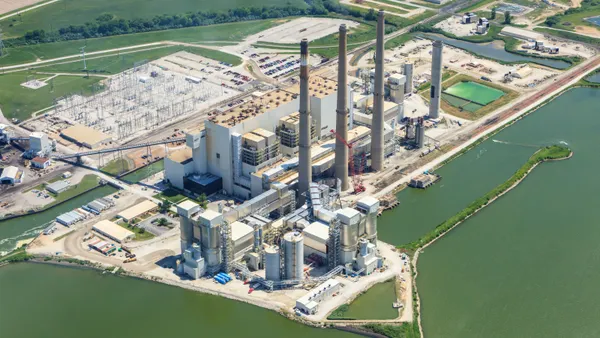Dive Brief:
- A bill proposed by Alaska state Sen. Lyman Hoffman (D) would direct a portion of earnings from the state's Power Cost Endowment Fund, which now stands at almost $1 billion, back into the state's general fund as well as into energy efficiency programs.
- The PCE is used to subsidize power costs for rural Alaskans, who pay three to five times the average power rate. The fund, which now stands at roughly $900 million, pays out about $40 million annually, according to Alaska Public Media.
- Under the proposal, 60% of earnings would go to the state general fund, 30% would fund renewable project, and 10% would remain with the PCE fund.
Dive Insight:
Because of Alaska's dispersed nature and size, rural customers often pay several times the power costs borne by other residents. The state's PCE fund tries to equalize those differences, and in recent years, successful investments have caused the fund to gorw.
"Over the years, I’ve worked very hard to protect and grow this fund to ensure that rural residents continue to get service," sponsor Sen. Hoffman wrote in a newsletter. "The fund is now healthy enough to fully fund the PCE program, pay back an earnings dividend to the state General Fund and to provide funds to other state energy programs."
The redirection of funds would not take place until the PCE program has been fully funded in a give year, and because of investment losses in this fiscal year, it would likely not kick in. According to The News & Obvserver, following 2013 and 2014 gains in excess of $100 million, the fund is now tracking a $51.6 million loss in FY 2015.
Some 30% of possible gains, however, would go to the Renewable Energy Fund, which Hoffman said is a "state-wide program that focuses on lowering the costs of energy as a goal, which is in line with the intent of the endowment."
Almost 200 communities take part in the PCE program, about 81,000 citizens, News & Observer reported.
Last year, Sen, Lisa Murkowski (R-Alaska), chair of the Senate Committee on Energy and Natural Resources, proposed legislation to assist isolated communities in diversifying their fuel sources by including them in the Department of Energy’s microgrid activities. In some smaller, rural communities where extreme temperatures fall far below zero, about 20% of citizens are spending half of their disposable income on energy, primarily electricity and heat.
Murkowski's proposal looked to require the federal government to develop an implementation strategy promoting development of hybrid micro-grid systems and renewable resource options for isolated communities. The measure, which was not moved out of committee, is related to the Energy Policy Modernization Act of 2015 now being considered by Congress.














